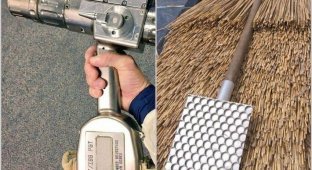Children and their cages: a non-standard and controversial approach to child safety (9 photos + 1 video)
Children is our future. A treasure that must be protected in every possible way. But at the same time, kids are extremely inventive in their pranks, both conscious and not yet due to their age. And no one canceled the housework of mothers exhausted by everyday life. How to find a balance between care, safety of offspring and free women’s hands a little? 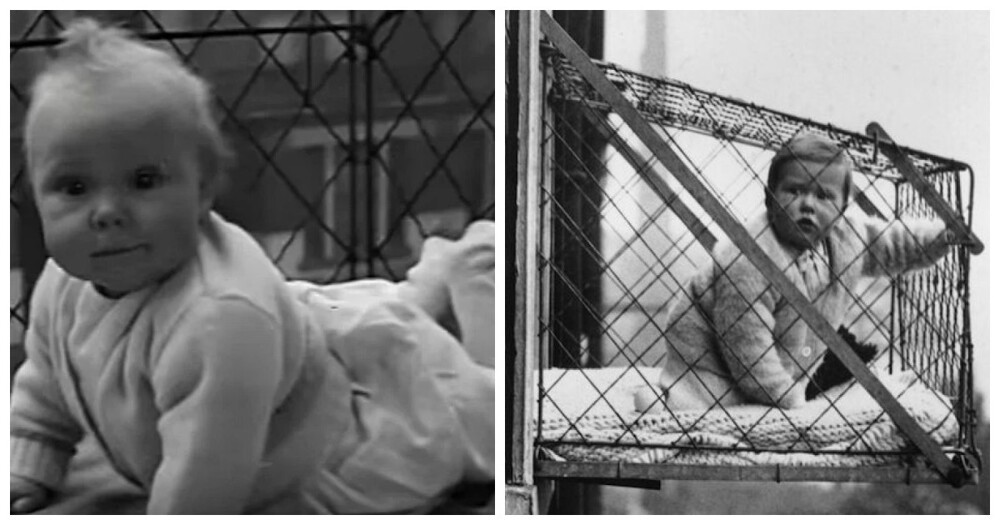
Such a solution, specific and controversial, although effective, was found in the States. 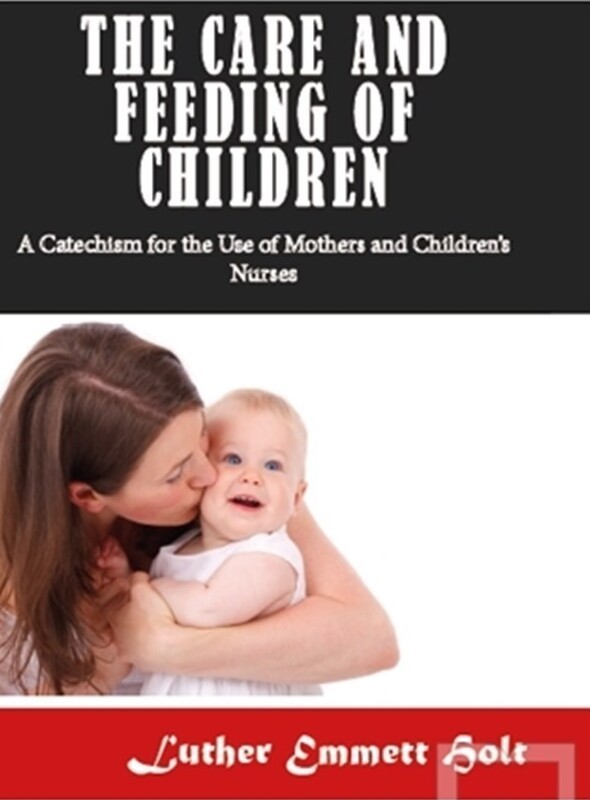
In 1884, Luther Emmett Holt wrote about the importance of "airing" babies in his book The Care and Feeding of Children. This statement led to the emergence of perhaps one of the strangest inventions of the 20th century - baby cages. 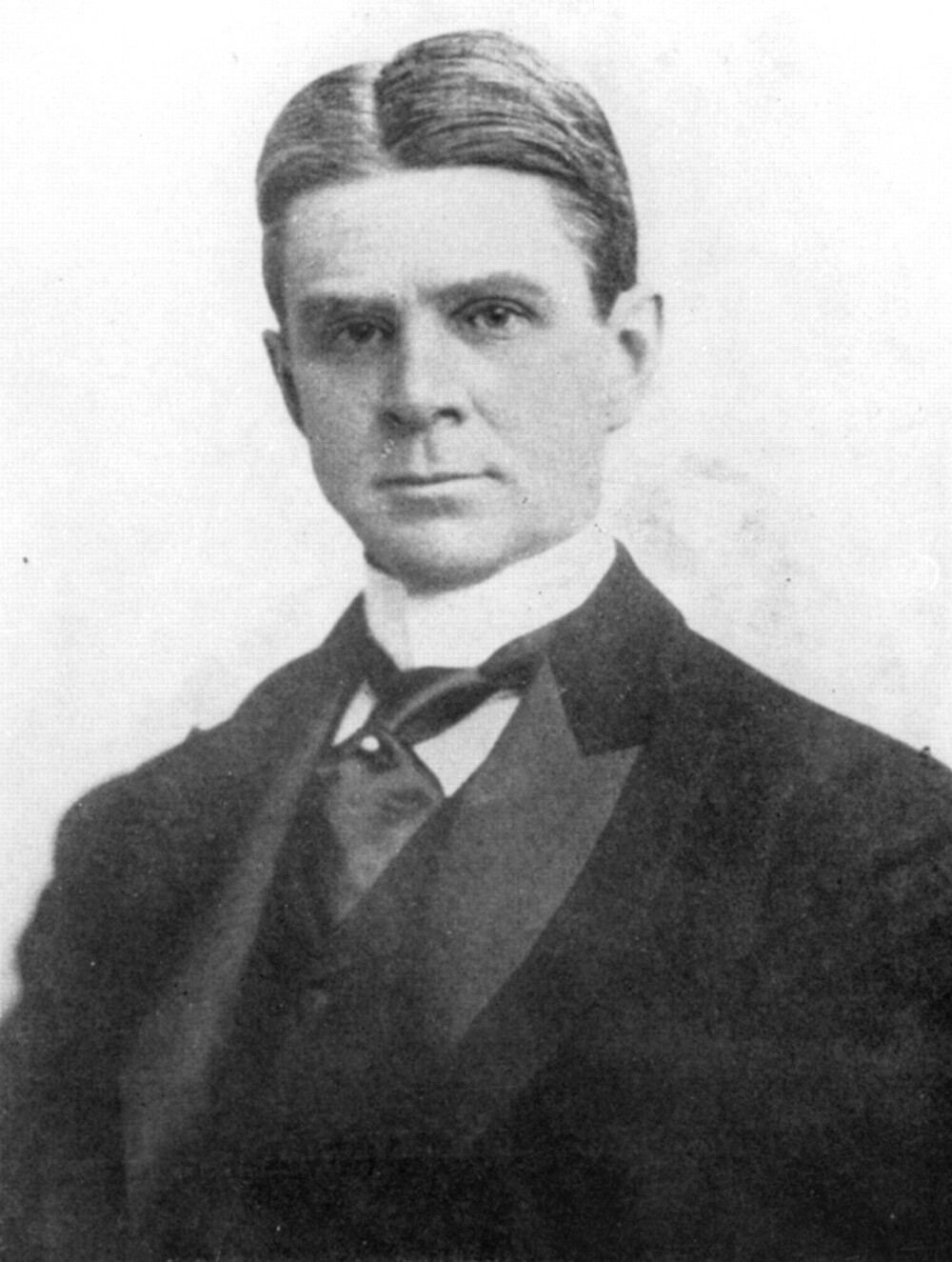
Pediatrician and writer Luther Emmett Holt
Holt planned to use the textbook as a guide for nannies and inexperienced mothers who needed useful tips on caring for and feeding their children. As with his chapters on basic baby care topics such as bathing, feeding, and weaning, Holt devotes a section on “Ventilation” to the importance of giving babies regular access to fresh air.
“Fresh air is necessary for the renewal and purification of the blood, and this is as important for health and growth as proper nutrition,” wrote Holt. “Appetite improves, digestion improves, cheeks become flushed, and all signs of health appear.” 
Invented in the United States in 1922, baby cages became widespread in London in the 1930s and allowed city mothers to provide their babies with an alternative to walking when going to the park was simply not possible for one reason or another. The patent, issued to a woman named Emma Reed of Spokane, Washington, read:
It is well known that raising and properly caring for infants and young children in crowded cities poses many health challenges. Considering these facts, it is an object of the present invention to provide a product for infants and small children to be hung on the outside of a building near an open window where an infant or small child can be placed. 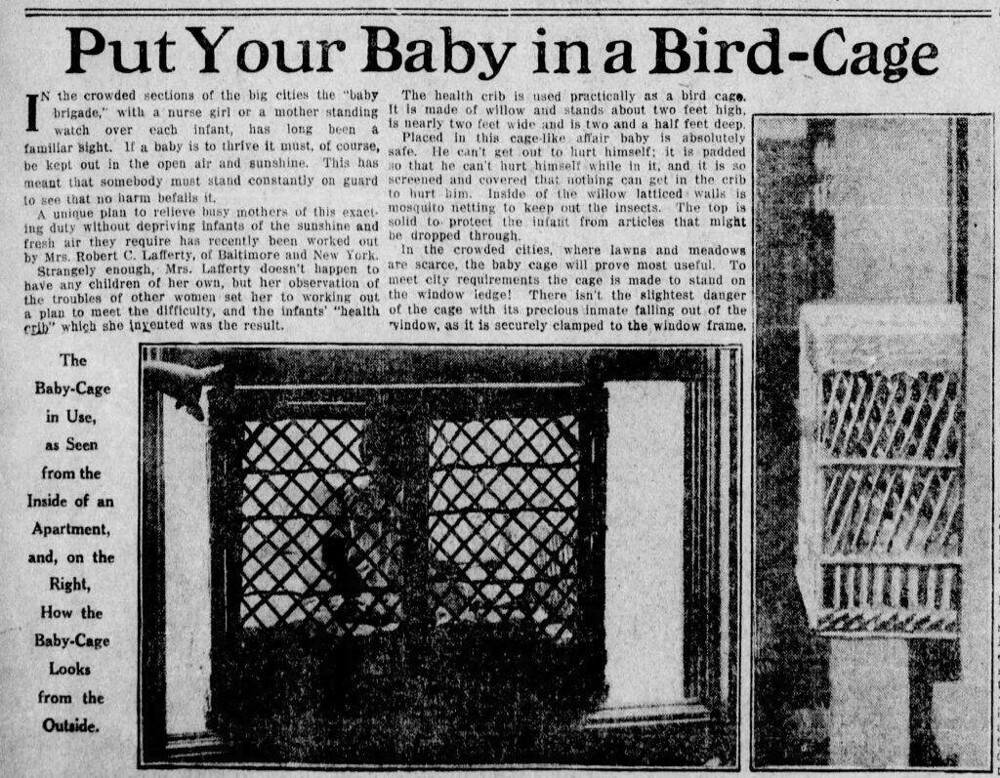
The design also includes a sloped roof to protect the babies in the cage from adverse weather conditions such as rain and snow. At one time, baby cages were so popular that people who lived in high-rise buildings were given them as gifts for use in their apartments. Even Eleanor Roosevelt, who, as she admitted, “knew nothing about how to handle or feed a child,” purchased one after the birth of her daughter Anne. 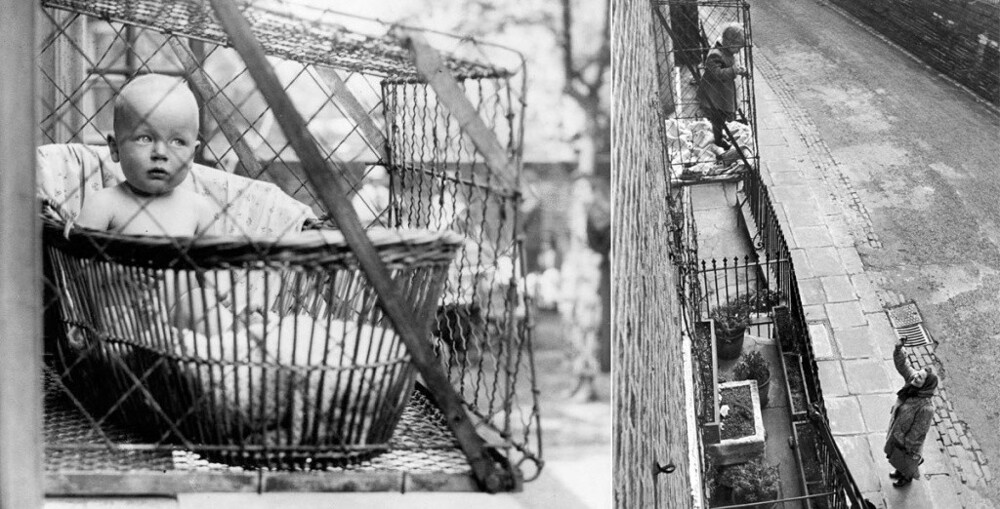
Once the cage was installed, the adult could simply place the baby in a wire basket outside the window and go about his business. 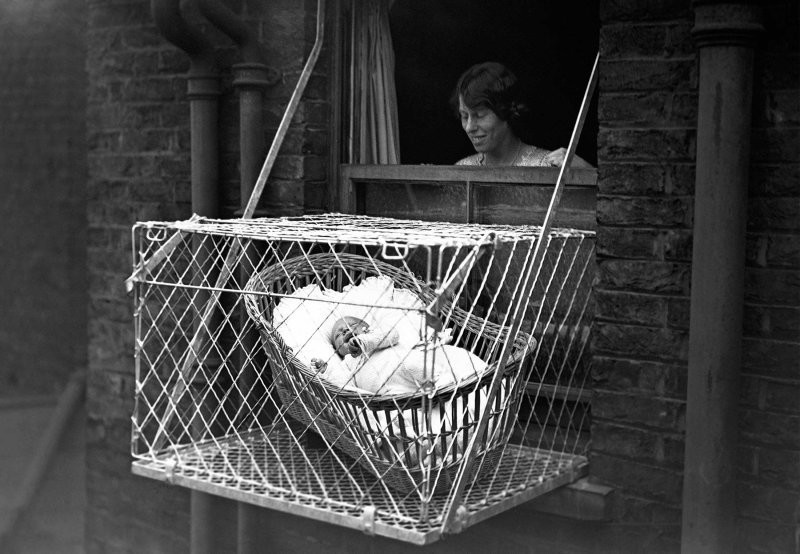
The inside of the cage for newborns was usually lined with soft cloth or a basket was placed in which the child could sleep. Moms would often throw a few toys in there to keep the baby occupied 10 or so stories above ground level. 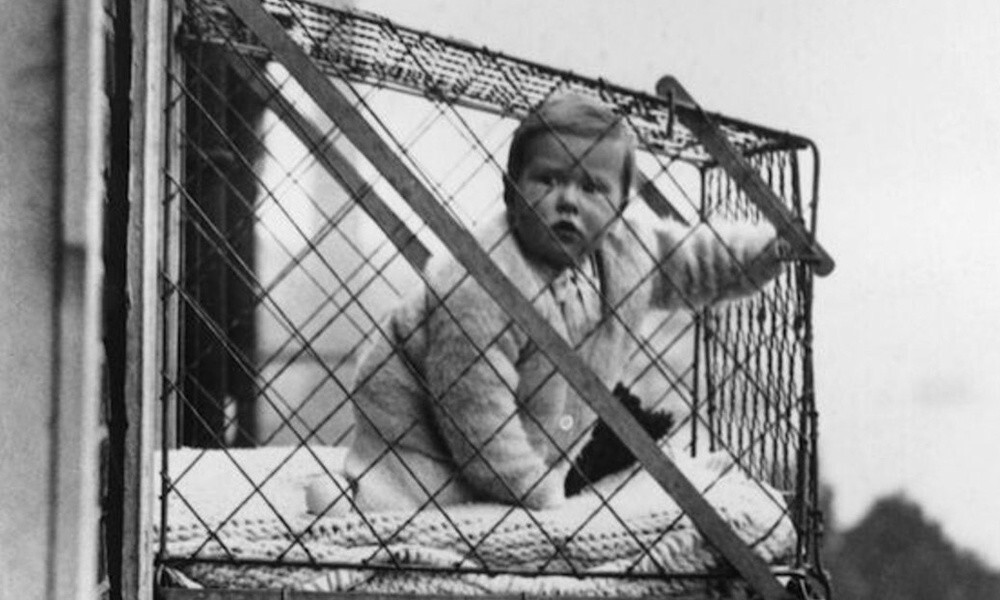
It is believed that the popularity of baby cages declined in the late 20th century as views on child safety began to change, although there are no known cases of a child being injured or killed as a result of using this invention. 
Fortunately, common sense prevailed, and the fashion for children's cages sank into oblivion.












